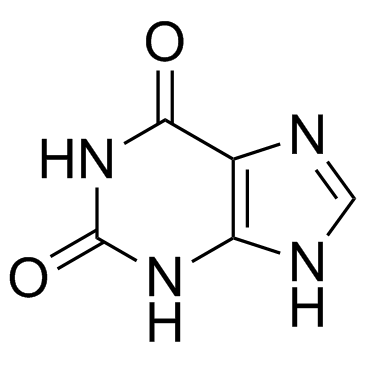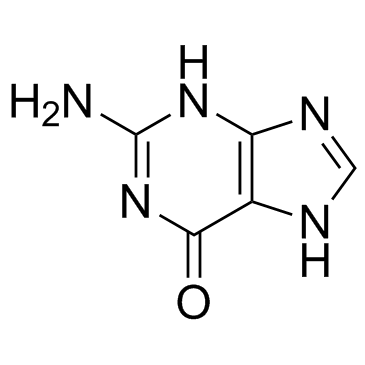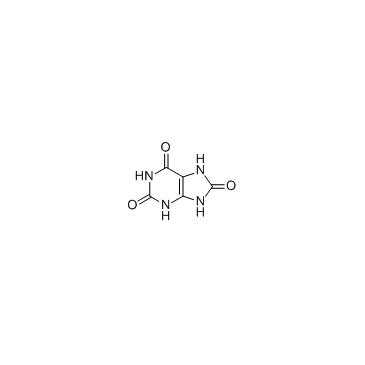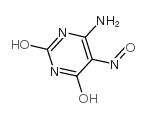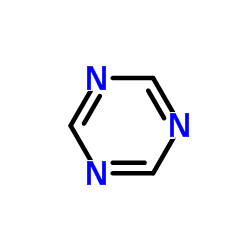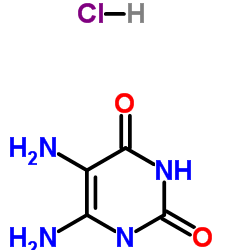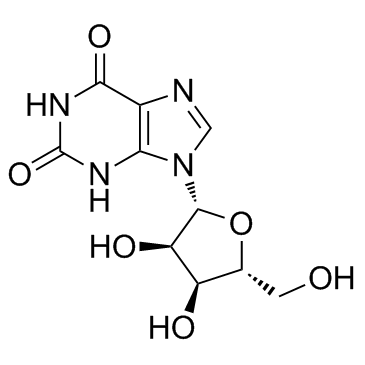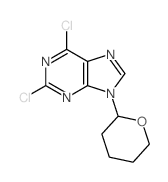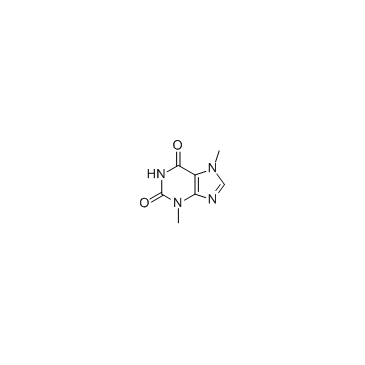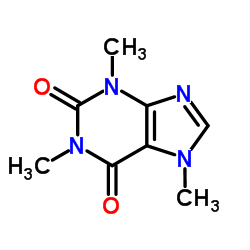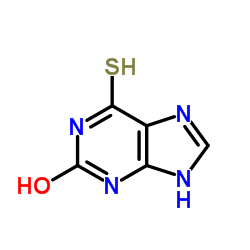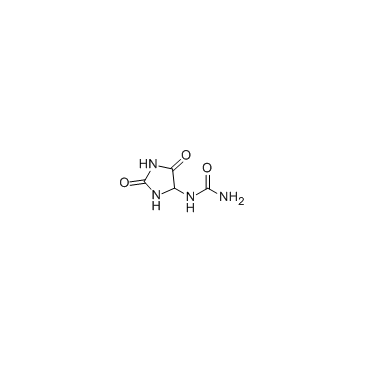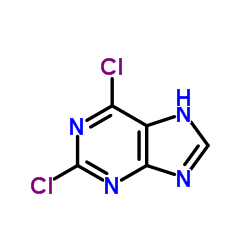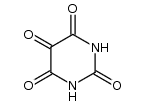69-89-6
| Name | 7H-xanthine |
|---|---|
| Synonyms |
UREOUS ACID
Xan xanthicoxide Dioxopurine 9H-xanthine 2,5-DIFLUOROTHIOBENZAMIDE usafcb-17 Xanthine 9H-Purine-2,6(1H,3H)-dione Purine-2,6(1H,3H)-dione Xanthin ISOXANTHINE 2,6-Dihydroxypurine MFCD00078453 3,7-dihydropurine-2,6-dione Xanthione EINECS 200-718-6 3,7-dihydro-1H-purine-2,6-dione 1H-Purine-2,6-dione, 3,7-dihydro- 3,7-dihydro-purine-2,6-dione 2,6(1H,3H)-Purinedione |
| Description | Xanthine is a purine base found in most human body tissues and fluids and in other organisms. |
|---|---|
| Related Catalog | |
| Target |
Human Endogenous Metabolite |
| In Vitro | A number of stimulants are derived from Xanthine including caffeine and theobromine. Xanthine is a product on the pathway of purine degradation. Xanthine is subsequently converted to uric acid by the action of the Xanthine oxidase enzyme. |
| Density | 1.6±0.1 g/cm3 |
|---|---|
| Boiling Point | 834.9ºC at 760 mmHg |
| Melting Point | 300 °C |
| Molecular Formula | C5H4N4O2 |
| Molecular Weight | 152.111 |
| Flash Point | 458.7ºC |
| Exact Mass | 152.033432 |
| PSA | 94.40000 |
| LogP | -0.81 |
| Index of Refraction | 1.636 |
| Storage condition | Store at RT. |
| Water Solubility | NH4OH: freely soluble |
CHEMICAL IDENTIFICATION
HEALTH HAZARD DATAACUTE TOXICITY DATA
MUTATION DATA
|
| Symbol |

GHS07 |
|---|---|
| Signal Word | Warning |
| Hazard Statements | H317-H319 |
| Precautionary Statements | P280-P305 + P351 + P338 |
| Personal Protective Equipment | dust mask type N95 (US);Eyeshields;Faceshields;Gloves |
| Hazard Codes | Xi:Irritant; |
| Risk Phrases | R36;R43 |
| Safety Phrases | S36/37 |
| RIDADR | NONH for all modes of transport |
| WGK Germany | 3 |
| RTECS | ZD7700000 |
| HS Code | 2933990090 |
| Precursor 10 | |
|---|---|
| DownStream 10 | |
| HS Code | 2933990090 |
|---|---|
| Summary | 2933990090. heterocyclic compounds with nitrogen hetero-atom(s) only. VAT:17.0%. Tax rebate rate:13.0%. . MFN tariff:6.5%. General tariff:20.0% |

